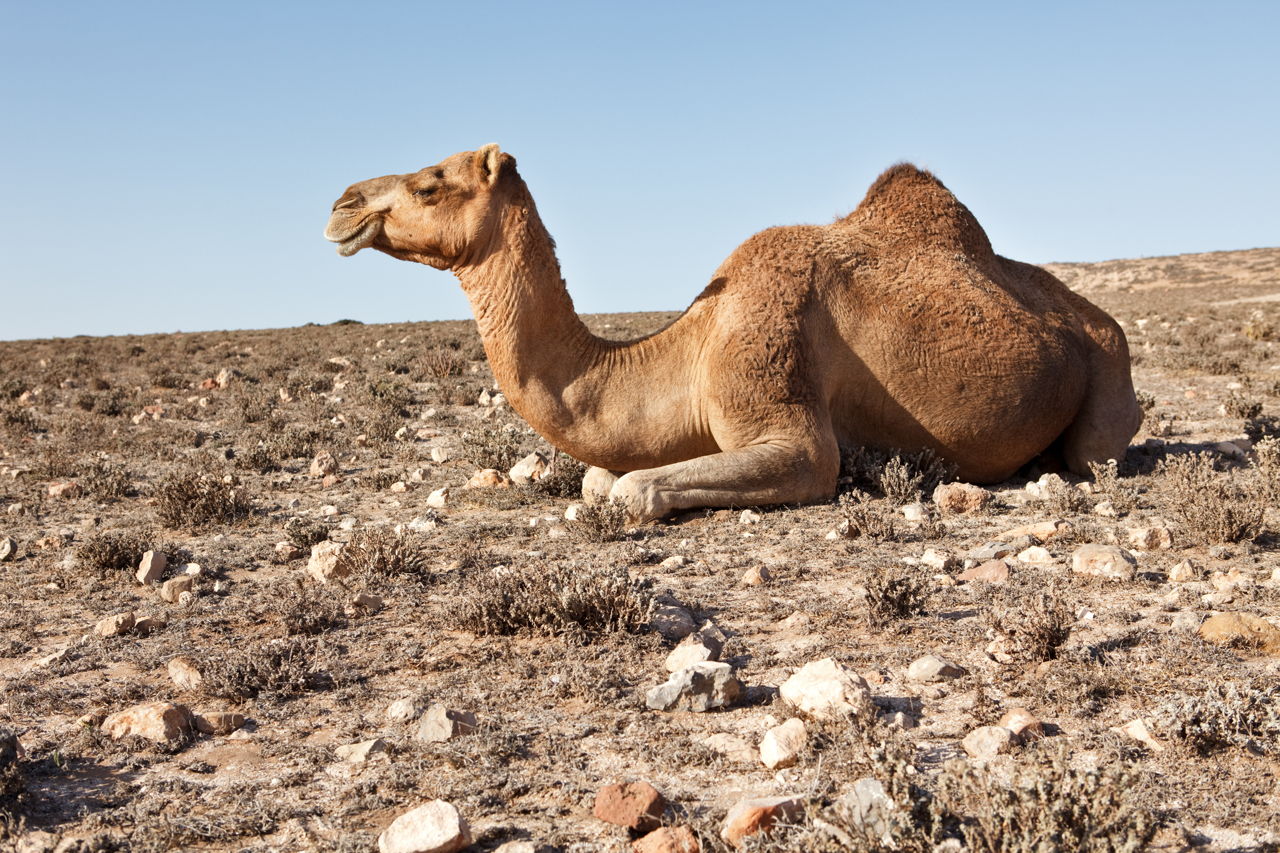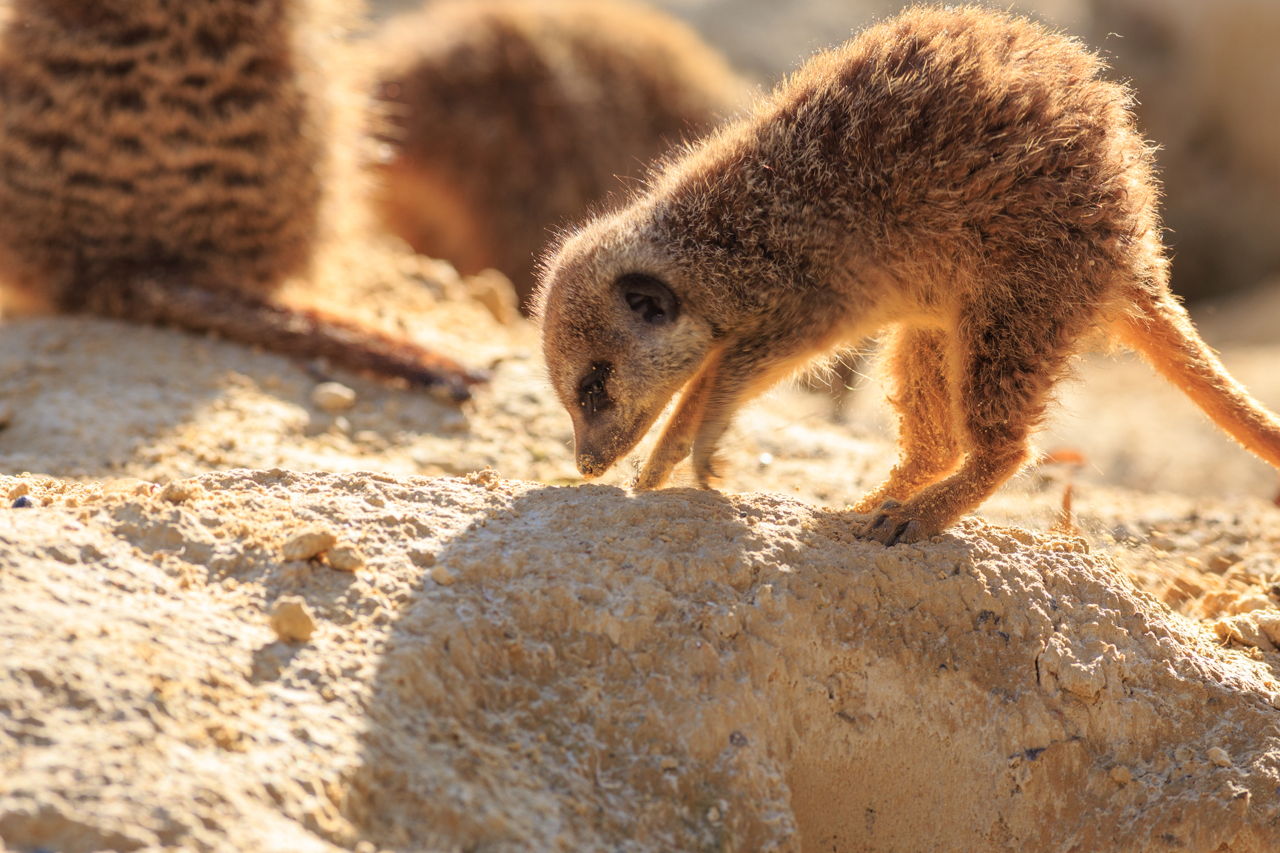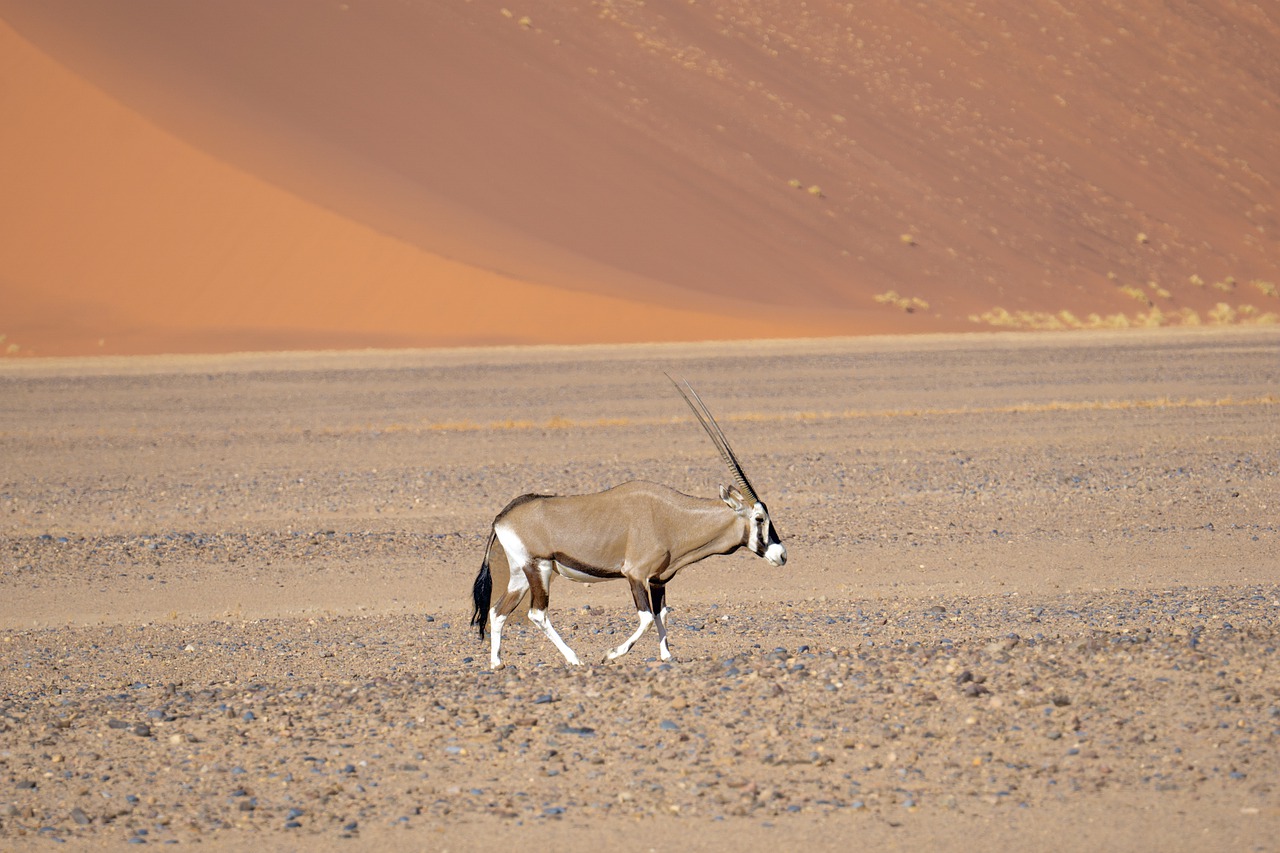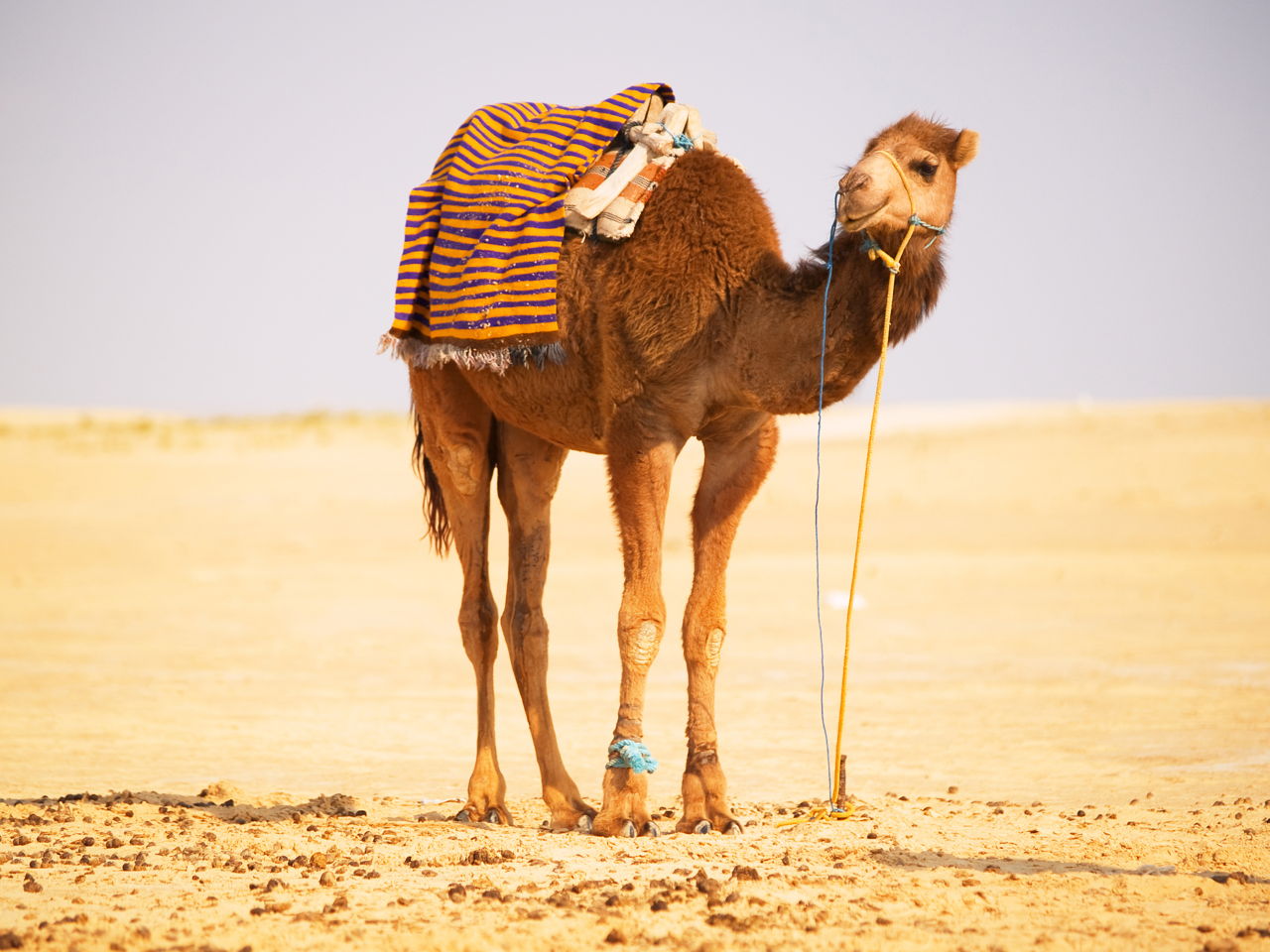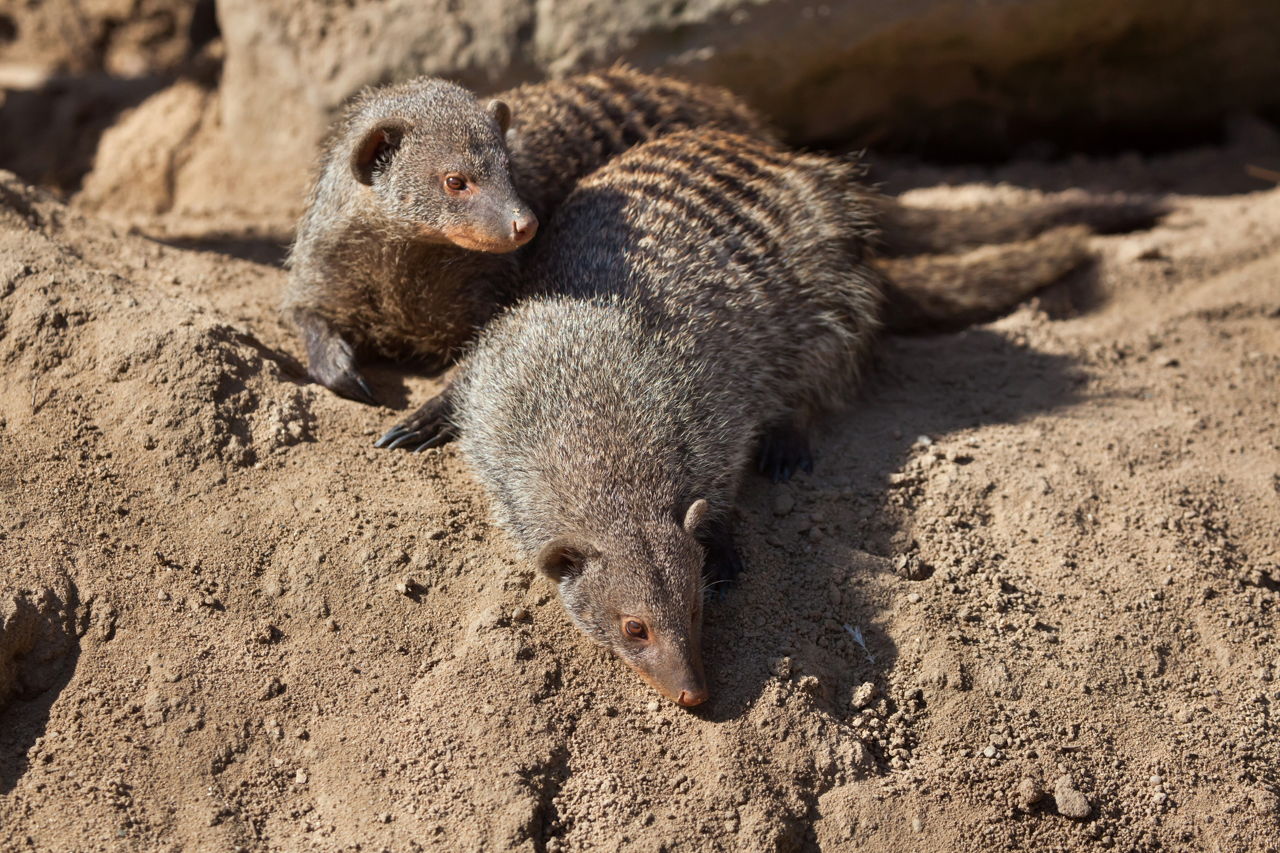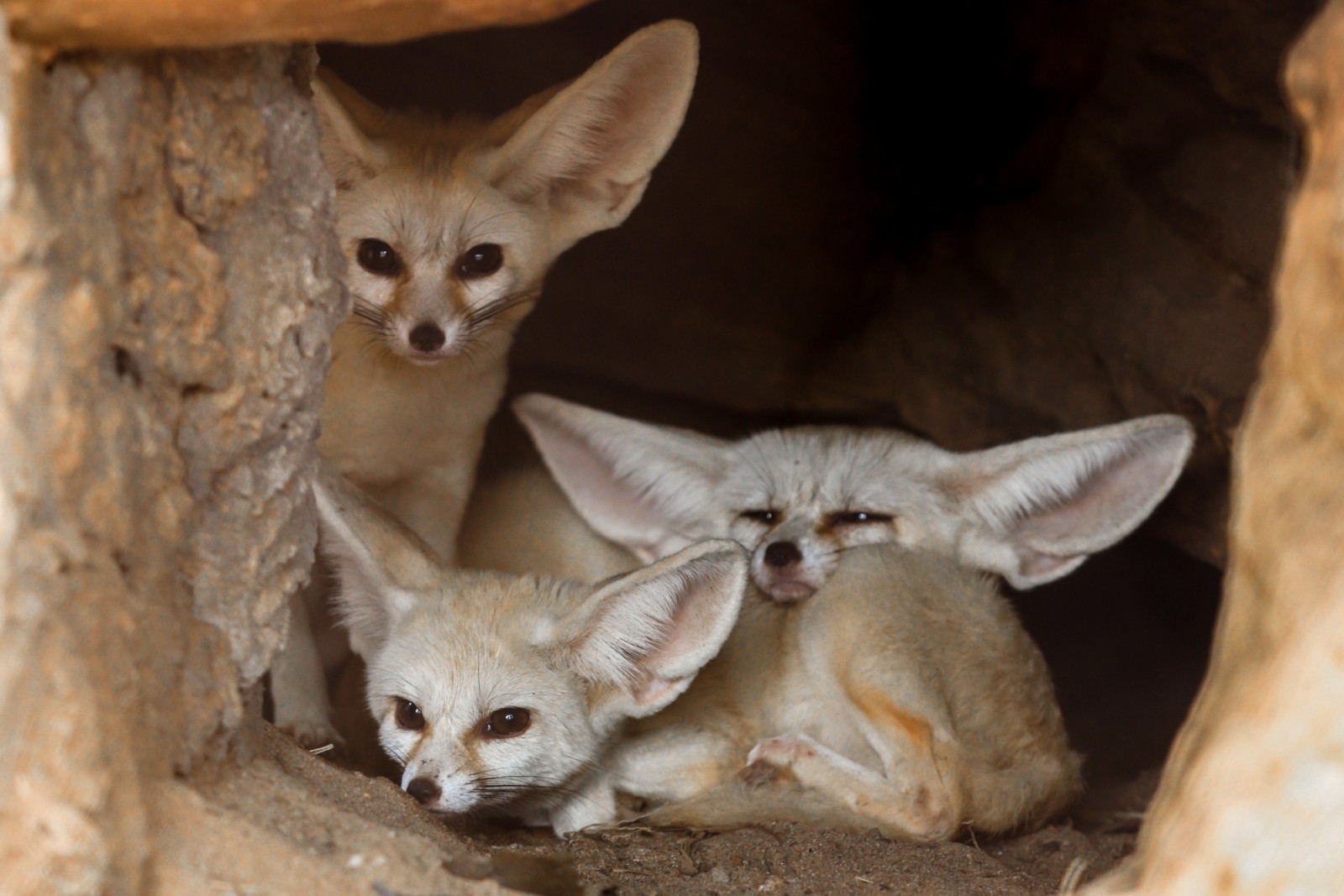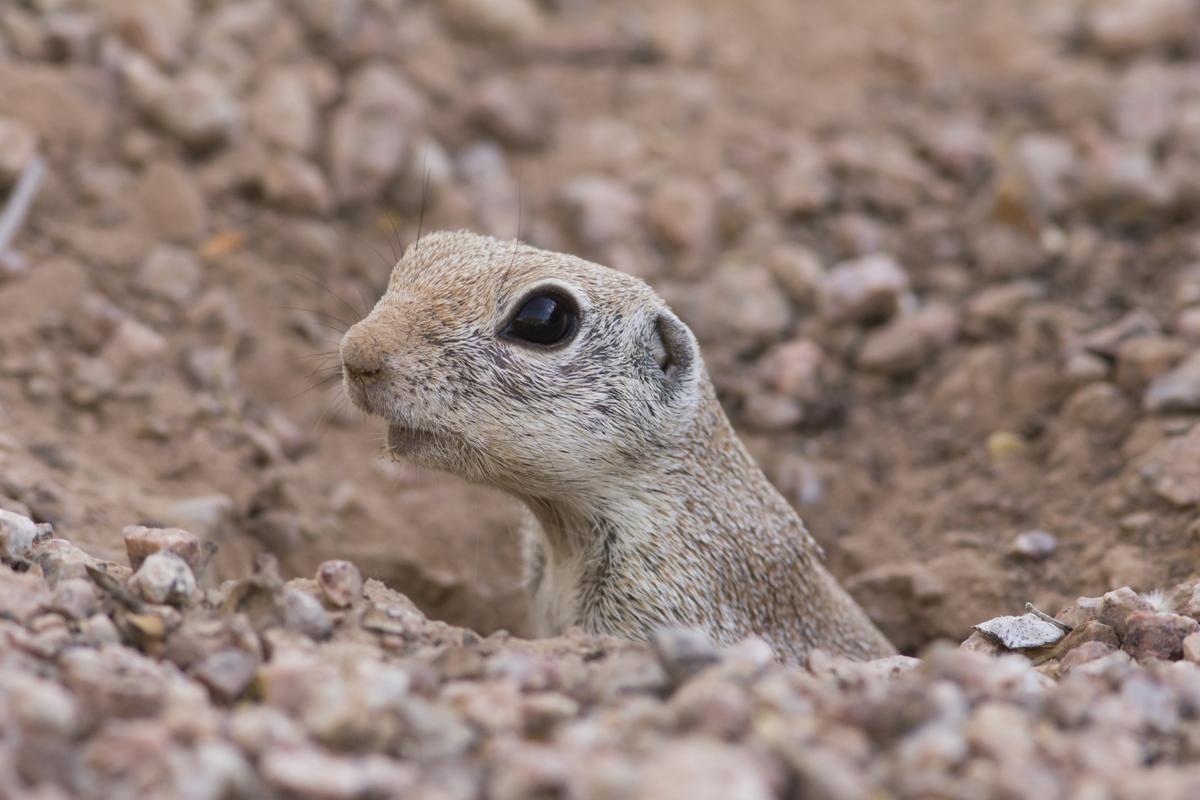Desert Animals Adaptations To Conserve Water

Desert animals have developed anatomical and physiological adaptations to keep cool and conserve water.
Desert animals adaptations to conserve water. The kangaroo rat is known for its ability to conserve water in the dehydrating conditions of its dessert environment. It gets all the water it needs from eating seeds. Other mammals conserve water by using it as efficiently as possible.
Adaptations of Desert Plants. The main challenges xerocoles must overcome are lack of water and excessive heat. Plants in deserts have adaptations to conserve water.
Another example of desert animals that show some classic adaptations are the kangaroo rat seen in the North American. Among the thousands of desert animal species there are almost as many remarkable behavioral and structural adaptations developed for avoiding excess heat. In areas with a greater water supply the level of biodiversity increases as vegetation such as shrubs cacti and hardy trees.
The two main adaptations that desert animals show and have are for conserving water and dealing with extreme temperatures by maintaining their internal body temperature. A common desert adaptation in animals is to save water by not exposing themselves to hot temperatures. Plants in deserts have adaptations to conserve water.
Plant and animal bodies are made up of a number of complex biological processes which take place within a. Insects other invertebrates rodents toads desert tortoises and kit foxes use underground burrows to shelter from surface temperatures that can reach. Which animal is a classic example of adaptation to the desert conditions.
Animals such as the black-tailed jackrabbit Lepus californicus are also adapted to life in the desert. To do this they squeeze out every drop available to them and recycle it in their bodies. A xerocole from Greek xēros ˈ z ɪ r oʊ s dry and Latin colere to inhabit is a general term referring to any animal that is adapted to live in a desert.

